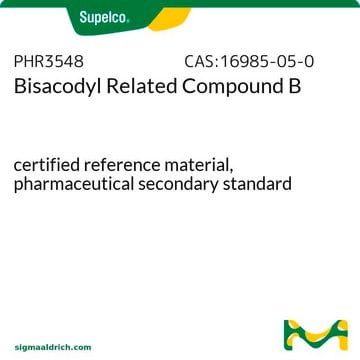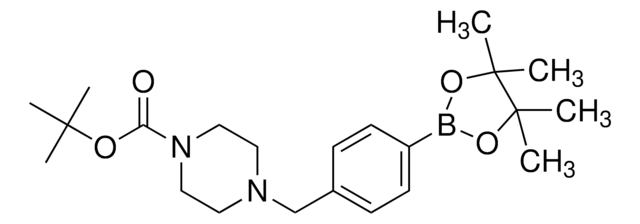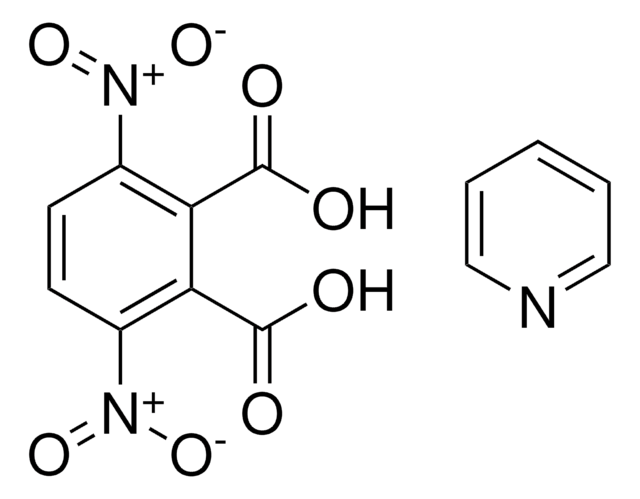H5019
11-Hydroxy-Δ9-tetrahydrocannabinol
vacuum-dried powder
Synonym(s):
7-Hydroxy-Δ1-tetrahydrocannabinol
About This Item
Recommended Products
form
vacuum-dried powder
drug control
USDEA Schedule I; regulated under CDSA - not available from Sigma-Aldrich Canada
technique(s)
HPLC: suitable
gas chromatography (GC): suitable
format
neat
storage temp.
−20°C
SMILES string
CCCCCc1cc(O)c2[C@@H]3C=C(CO)CC[C@H]3C(C)(C)Oc2c1
Looking for similar products? Visit Product Comparison Guide
Application
Signal Word
Warning
Hazard Statements
Precautionary Statements
Hazard Classifications
Acute Tox. 4 Oral - Repr. 2
Storage Class Code
11 - Combustible Solids
WGK
WGK 3
Flash Point(F)
Not applicable
Flash Point(C)
Not applicable
Personal Protective Equipment
Certificates of Analysis (COA)
Search for Certificates of Analysis (COA) by entering the products Lot/Batch Number. Lot and Batch Numbers can be found on a product’s label following the words ‘Lot’ or ‘Batch’.
Already Own This Product?
Find documentation for the products that you have recently purchased in the Document Library.
Our team of scientists has experience in all areas of research including Life Science, Material Science, Chemical Synthesis, Chromatography, Analytical and many others.
Contact Technical Service










